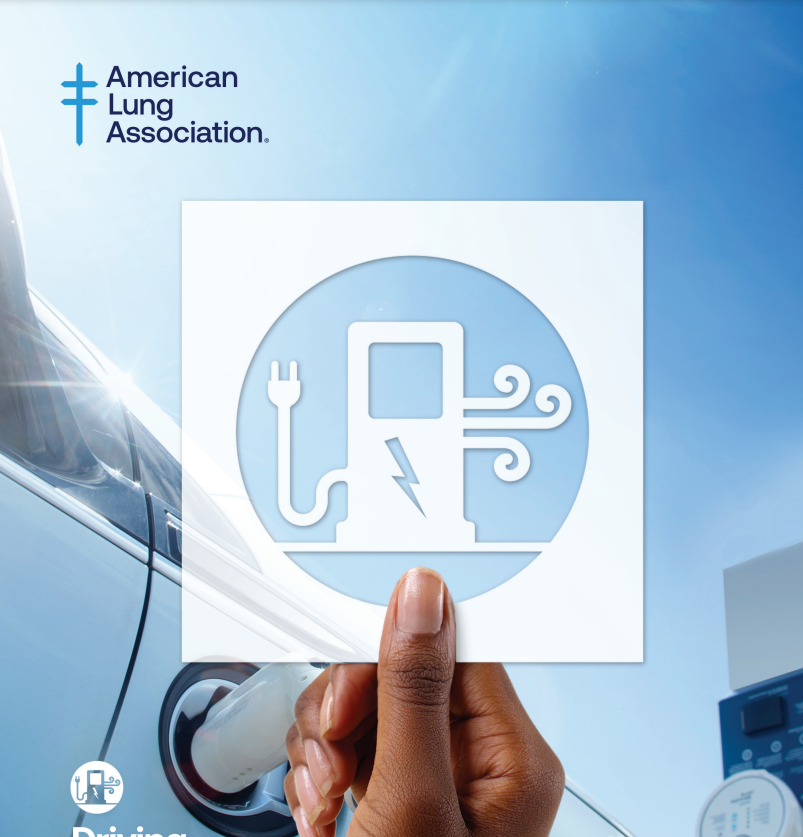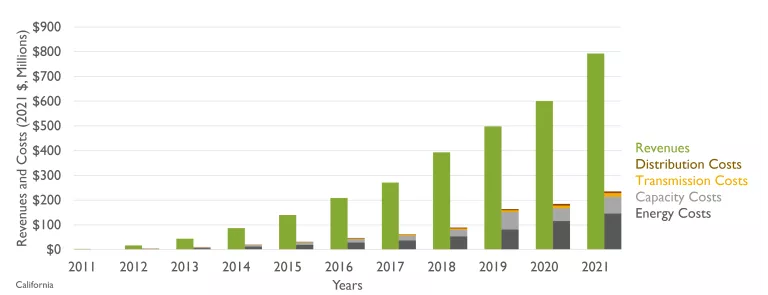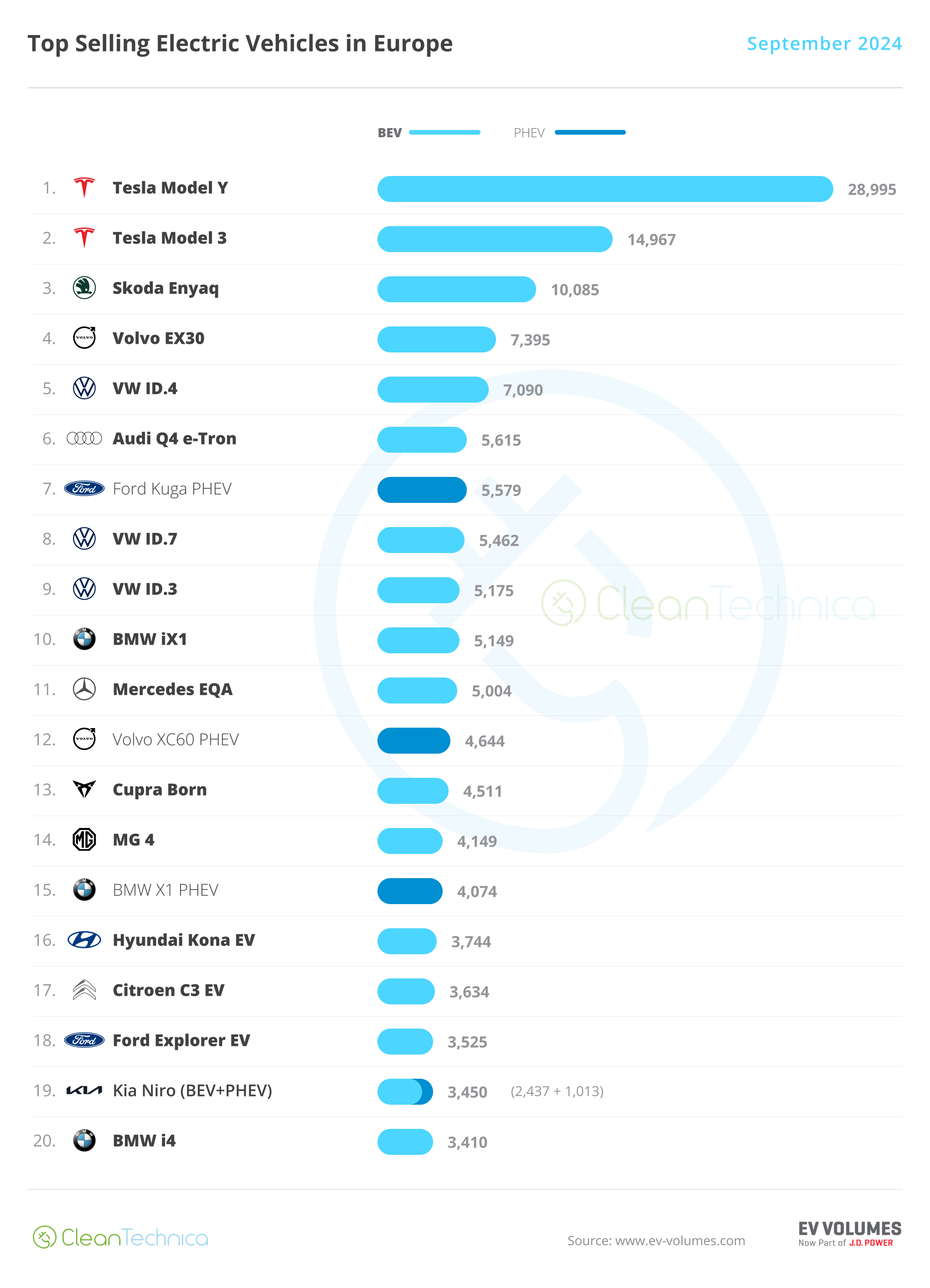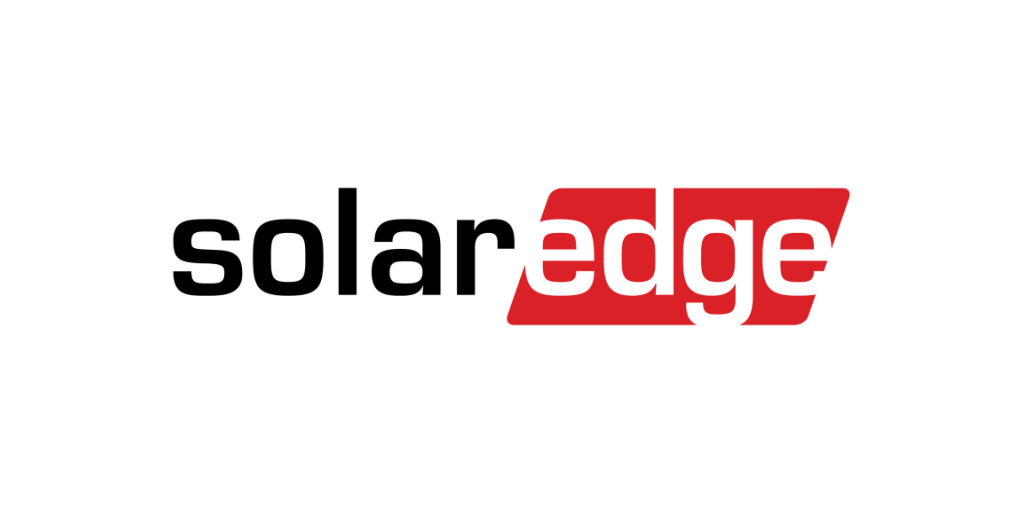Sign up for daily news updates from CleanTechnica on email. Or follow us on Google News!
EVs reduce electricity rates for all utility customers, and recent legislation accelerates a cycle of more EVs, better climate, better health, and lower rates.
In addition to their myriad health and direct economic benefits compared to polluting gasoline vehicles, electric vehicles (EVs) also help reduce electricity rates for all utility customers. They’ve already been doing so in California, and recent legislation can help accelerate EV adoption, clean the air, and combat rising electricity prices (which also helps drive additional EV sales). California’s energy agencies now need to deliver on recent legislation to spur this virtuous cycle.

This past spring, EVs represented more than a quarter of all new car sales in California, its second-highest share to date. EV sales are as strong as ever, which is good news for improving the climate, reducing air pollution, and lowering electricity prices. Despite the fact that electricity is more expensive than it should be in California, driving an average EV sedan is still the cost equivalent of driving on $2.62 per gallon of gasoline, which is more than a 40 percent savings compared to the current $4.75 per gallon average price.
One of the reasons why electricity rates in California are high is that although the costs of maintaining and building out our power infrastructure have been increasing over time, total sales of electricity have decreased. So we’re recovering more costs from fewer sales, increasing the price per kilowatt-hour. EVs can help combat rising electricity rates by efficiently adding load to the electrical grid, as we explain below.
EV drivers in California contributed $2.2 billion more than they cost to serve between 2011 and 2021, according to a new study. This means EVs are putting downward pressure on electric rates through a new source of revenue that EV charging provides to utilities (money that would otherwise go to oil companies). Utilities have revenue decoupling in California, so any additional revenue in excess of what was anticipated is returned to all utility customers—not just EV drivers—in the form of lower rates. It’s a bright spot in the affordability crisis.
Revenue from EV charging exceeded costs by $2.2 billion

How do EVs impact electricity rates?
EV charging brings in more money than it costs utilities to serve. The amount it costs utilities to serve a new load like EVs is referred to as “marginal cost,” which boils down to the additional costs for energy generation, transmission, and distribution needed to meet new demand. Electricity rates that consumers pay include not only these marginal costs but also other costs like operation and maintenance of the existing grid, utility employees’ salaries, taxes that the utilities are subject to, etc., so that utilities can recover all of their necessary spending. As long as rates reflect more than marginal costs, when someone plugs in a new EV, they are paying more than just the marginal costs imposed on the grid by that EV.
Think about it this way: If an additional roommate moves into an apartment, the electric and water bills will go up a little, but the total rent stays the same. Now that there is an additional person to share that cost with, everyone already living there pays less rent than they were before. EVs are the new roommate we need in California.
And the flexibility of timing for EV charging allows EVs to soak up any excess capacity on the grid during times of low demand, which further reduces the cost to serve EVs compared to the revenue they bring, boosting the net revenue trend. Many drivers in California take advantage of time-of-use rates. These rates incentivize drivers (often assisted by smart charging technology) to charge during off-peak hours, which allows utilities to make best use of their grid’s existing capacity and avoid unnecessary upgrades. It works. EV drivers on time-of-use rates do almost all of their charging when there is plenty of spare capacity on the system, which is often late at night when most people are sleeping.
Economy-wide electrification will bring similar benefits
The California Public Advocates Office, the state’s official consumer advocate, compared the costs associated with upgrading the grid to accommodate light-, medium-, and heavy-duty EVs as well as building electrification to the resulting revenue. Its analysis concluded: “All ratepayers, even those who cannot (or choose not to) electrify, could financially benefit from electrification.” The California Public Utilities Commission came to the same conclusion in its future affordability study.
Thoughtfully adding load via electrification can start a virtuous cycle wherein the grid is better utilized, putting downward pressure on rates and bills.
How California can prepare for and incentivize beneficial EV adoption
EVs are good for drivers, the environment, and everyone who pays an electric bill. Appropriately planned upgrades will prepare the grid to serve these new electricity loads that are beneficial for everyone. California’s utilities must get the infrastructure needed to support EV charging online in a timely manner—it’s the law.
California’s Assembly Bill (AB) 2700 and Senate Bill (SB) 410 require utilities and their regulators to get the state’s electrical grid ready for a future with more clean energy and EVs. AB 2700 requires utilities to plan and make the necessary investments to upgrade the grid efficiently, ensuring the grid can handle the additional load from things like EVs. SB 410 sets deadlines for utilities to connect customers more quickly, making sure the infrastructure keeps pace with customer needs and increased electrification.
We are clearly moving in the right direction, but more resources need to be put toward ensuring EV charging supports the grid and that customers get electricity service in a timely manner. With this Synapse study, we’ve seen firsthand the real-world downward pressure on rates that EVs provide, and studies from a variety of stakeholders predict that this trend will continue. A future filled with electric vehicles zooming around on American roads promises to be one in which the air is cleaner to breathe, drivers are no longer vulnerable to the vagaries of the world oil market, and everyone pays less out of their pockets for their electric and household energy bills.
By Jordan Brinn & Mohit Chhabra. Courtesy of Expert Blog, NRDC
Have a tip for CleanTechnica? Want to advertise? Want to suggest a guest for our CleanTech Talk podcast? Contact us here.
Latest CleanTechnica.TV Videos
CleanTechnica uses affiliate links. See our policy here.
CleanTechnica’s Comment Policy





